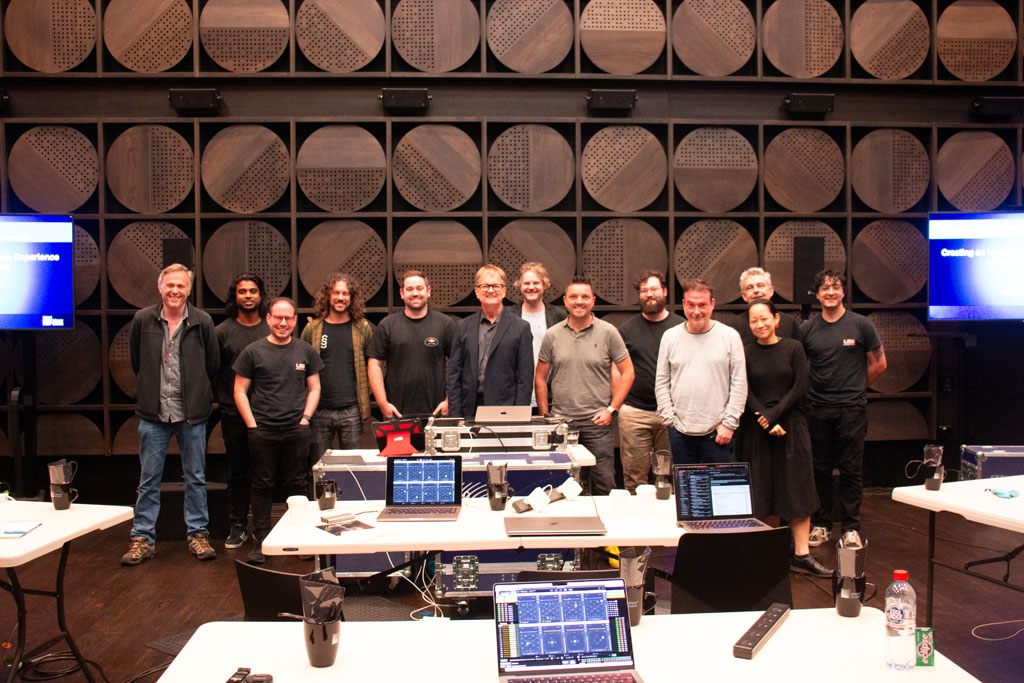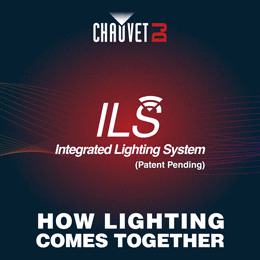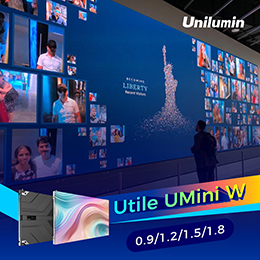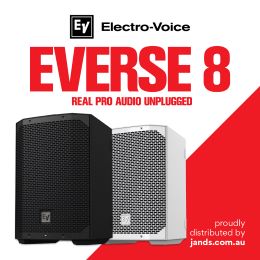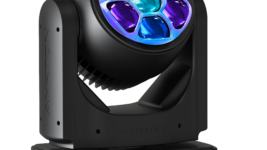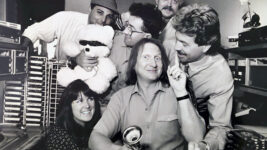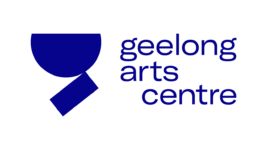Subscribe to CX E-News
In December 2023, I finally got to experience the Meyer Sound Constellation acoustic system at the David Li Sound Gallery at Melbourne’s Monash University. And what a way to get to know it; Steve Ellison, Director, Spatial Sound, at Meyer Sound was there, the very man who invented the algorithms that made spatial mixing possible back in 1987, running a workshop on the system. Flanked by Meyer Sound’s ANZ sales manager Owen Ironside, they’d also set up a separate Meyer Sound Spacemap Go spatial mixing system in the room, and we got to play hands-on with both at the same time. The experience was nothing less than revelatory.
The legendary Paul Grabowsky, who in addition to his extensive commitments composing and performing, is also the Executive Director of the Monash Academy of Performing Arts, was on hand to introduce Steve and talk about the Constellation system’s importance to the venue’s operation. It was Grabowsky’s influence that drove Monash to install the Constellation system not just in the David Li Sound Gallery, but also in the Alexander Theatre next door. At the touch of a button, the Gallery can be optimised for speech, acoustic instruments, or amplified music.
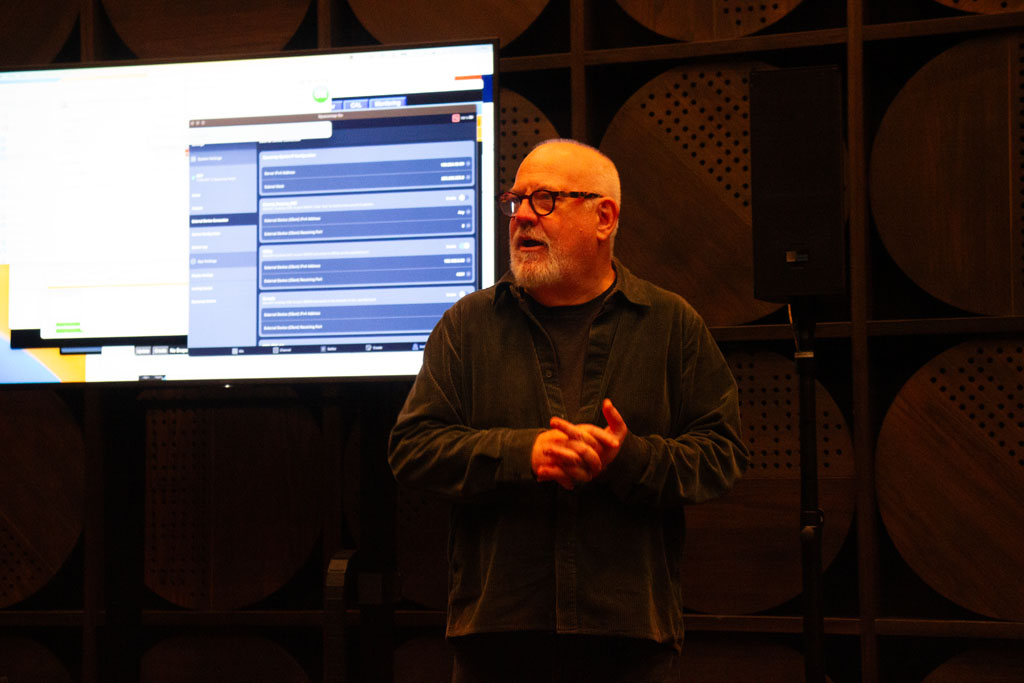
The Gallery is an extremely well designed and kitted out black box space, 16 meters long, 9.7 metres wide, and about two storeys tall. The Constellation loudspeaker system comprises 10 UP-4XP on each of the long walls, 5 UP- 4XP on each of the shorter walls, 25 UP-4XP overhead and 12 MM-10XP handling low frequencies. Steve demonstrated that the Constellation system can make one person delivering a lecture (i.e. Steve) perfectly audible to everyone anywhere in the room, without using a dedicated microphone. He flipped through a few different Constellation presets via a touch screen. Surprisingly, I found transitions to some of the more reverberant settings designed for music made me feel nauseous. My brain was rejecting the fact that what I was seeing and what I was hearing were so different, but both entirely natural. Not that you would ever use the system like that, but it was enlightening.
With some more explanation and demonstrations around the room, it becomes apparent that an acoustic enhancement system, Meyer Sound or otherwise, is an excellent investment for any venue that switches between spoken word, acoustic music, and amplified music. Anyone running a venue that is in doubt about this needs to go and experience a system in action.
The absolutely mind-blowing part of the workshop was when we started learning about and then using Spacemap Go, Meyer Sound’s easy and intuitive spatial mixing system.
Running off powerful Meyer Sound Galileo GALAXY processors, Meyer Sound had brought in a system consisting of of 8 UP-4slim (lateral and rear surround), 2 ULTRA-X20-Milan (main left/right), 2 USW-112P-Milan (main left/ right LF), and one x USW-210P (surround LF). Spacemap Go’s iPad app and Mac software make complicated sound design an absolute breeze. You can send sound whizzing around the room using preset patterns, or draw your own, and it’s all saveable in scenes you could trigger from your console. I was doing in seconds what used to take me up to an hour on less capable systems in the late 90s and early 2000s.
Steve absolutely made my day, and possibly my year, by bringing along several excellent multitracks to play with, streaming straight out of his Mac into the Galileo GALAXY via AVB. The first was Erik Hall’s 2020 solo recording of American composer Steve Reich’s 1976 minimalist masterpiece ‘Music for 18 Musicians’. This piece had a profound impact on me when studying composition at university, and the 1978 ECM recording has influenced generations of musicians across genres and around the world.
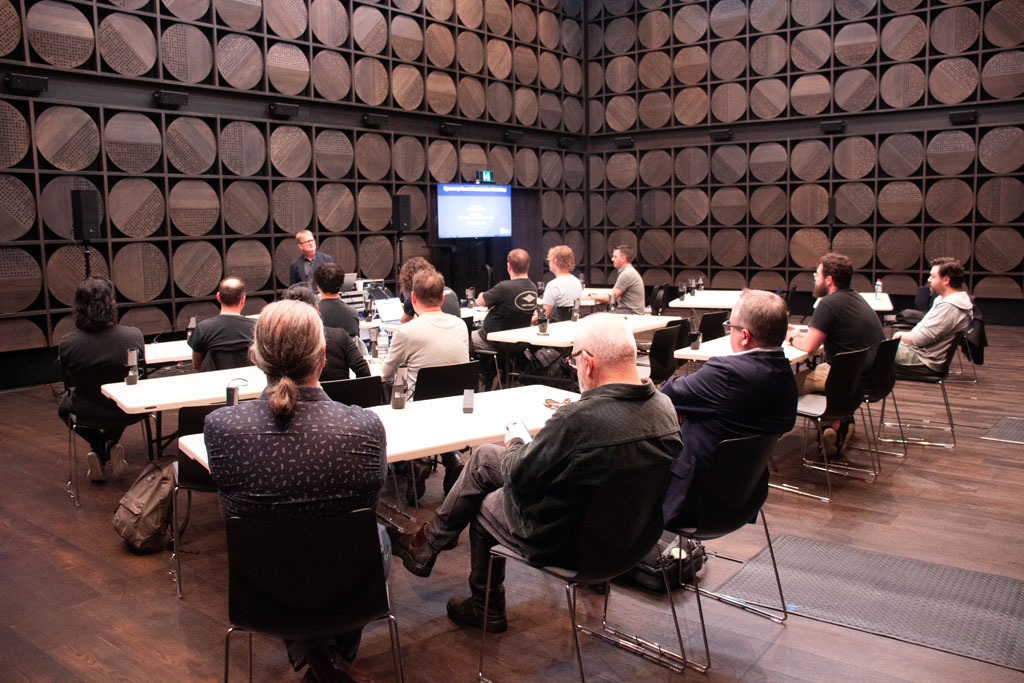
Let loose on the piece, Steve guided us on how to achieve three different mix objectives; the first, mix it so it’s like you’re in the audience hearing the piece performed. Next, mix it so you feel like you’re onstage. The third and more abstract goal was to emphasise Reich’s uses of hockets, which are a compositional technique that takes a melody (or riff, or whatever material you’re using) and splits each successive note across two instruments. Think two instruments, one on each side of the room, playing ‘Twinkle Twinkle Little Star’. Hocketed, you’d get ‘Twin’ left ‘kle’ right, ‘Twin’ left ‘kle’ right, ‘Litt’ left ‘le’ right ‘Star’ left.
Reich’s piece generally has the hockets across instruments next to each other on stage, but by using Spacemap Go, we could easily put them on extremes of the room, or in the air.
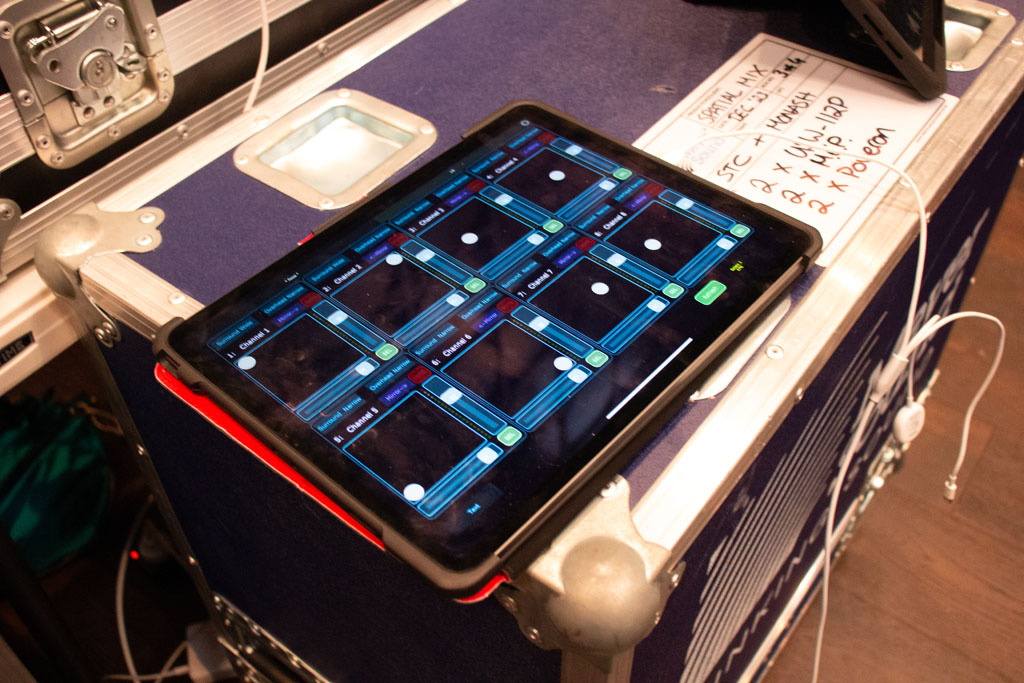
That changed the piece. Incidentally, ‘Music for 18 Musicians’ is written to be amplified, with all instruments at equal volume. Steve Reich also specified in the score that the sound system had to be of high quality and stated a preference for Meyer Sound.
Next, Steve gave us an insight into the design of a totally unique performing arts venue in Brooklyn, New York. National Sawdust is an intimate room in a converted warehouse, fitted with both a Constellation system and Spacemap Go PA, including traditional left- right. It’s run by a non-profit and is dedicated to the creation and presentation of new music.
Steve had multitracks of two live performances presented at National Sawdust. The first was ‘Spatial…No Problem’, a collaboration between the late reggae producing legend and sonic innovator Lee ‘Scratch’ Perry, and German electronic duo Mouse on Mars. The second was ‘A God of Her Own Making’, an immersive spiritual opera by JOJO ABOT and esperanza spalding.
Both of these works were extraordinary in their own right, and notable because they were works of art that were created for these kind of sound systems. They couldn’t exist without acoustic enhancement systems and spatial mixing systems. It is incredibly exciting to be witness to the birth of new possibilities in music and art. We need to start creating works like these for the David Li Sound Gallery, and other venues like it. We also need to ensure that we start installing dual-use acoustic enhancement and spatial audio mixing systems to make this happen. Recorded in 2020 before Lee ‘Scratch’ Perry passed away, ‘Spatial…No Problem’ was a multimedia work that surrounded the audience. Sorting through the gloriously unlabelled stems in Steve’s multitrack, field recordings, wild junk percussion, The Upsetter himself talking, funky keys, deep bass, and electronic washes all combined to produce a work that I don’t think really could be mixed any ‘right’ way; it was all good no matter what we did to it.
‘A God of Her Own Making’ was like nothing I have ever heard. Multidisciplinary artist JOJO ABOT and composer/singer/bass player esperanza spalding’s live sung and played performances were blended with prerecorded sections of their and other’s voices, occasional augmented by other sounds. For those familiar with the spiritual jazz of artists like Alice Coltrane, the style was similar, but taken into totally new realms by Constellation and Spacemap Go. Using Spacemap Go’s positioning, including to be able to put two voices into the whole ceiling, then using Constellation’s ability to make a black box sound like a cathedral, we were able to make the deeply beautiful choral sections sound like heaven itself, and then slot in a deep live electric bass groove in the beating heart of the room. Steve had actually worked on the production and was helping us re-create what they had done in the room. I have never heard sound behave like it.
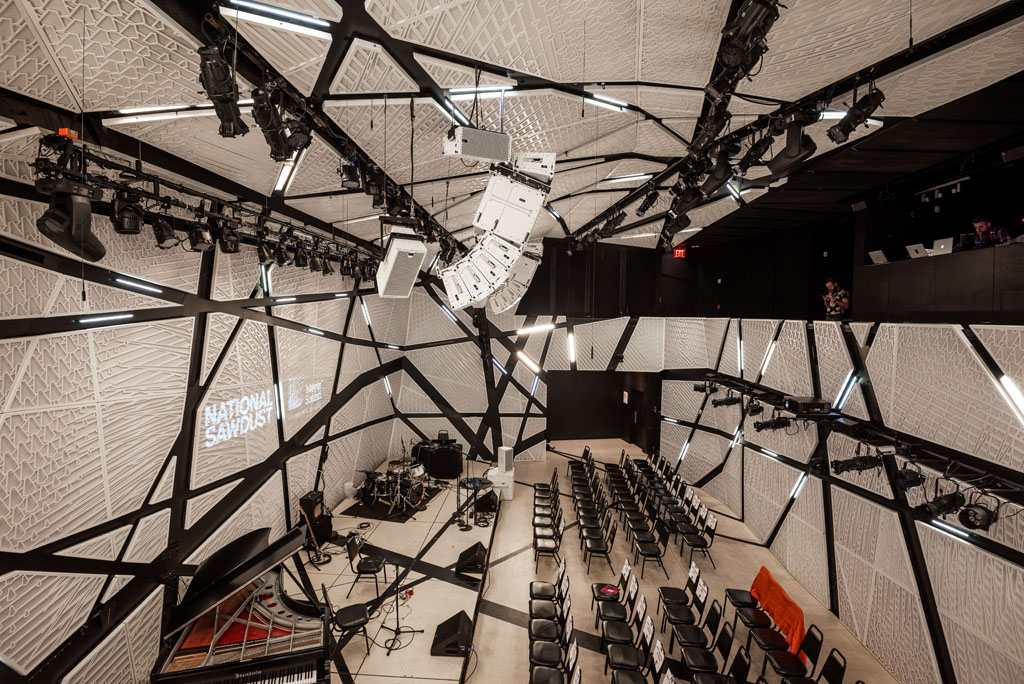
This was the utterly game changing experience I took away from the event. You can have an acoustic enhancement system, and you can have a spatial mixing system, but when you combine both, astonishing things happen. The playback we were sending out from the Spacemap Go was picked up by Constellation’s array of DPA mics in the ceiling, and altered to fit whatever acoustic we wanted. We were mixing in any plane we wanted, making sound exist or move wherever we wanted in three dimensions, and then we could change the actual space, those three dimensions, whenever we wanted.
Now I never, ever want to hear or mix in stereo again.
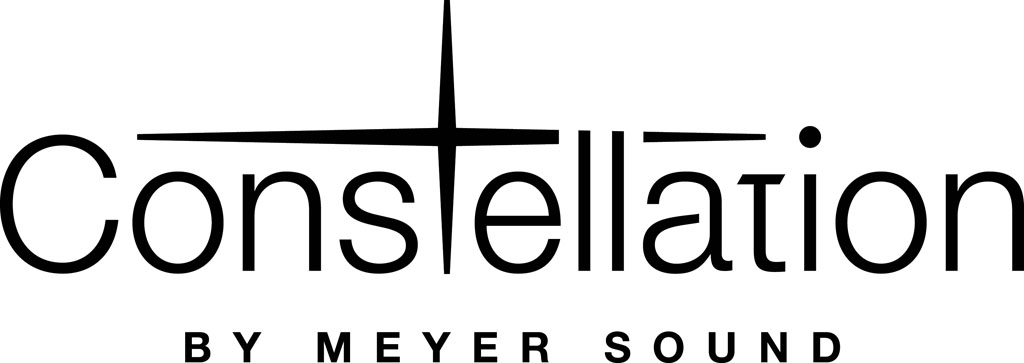
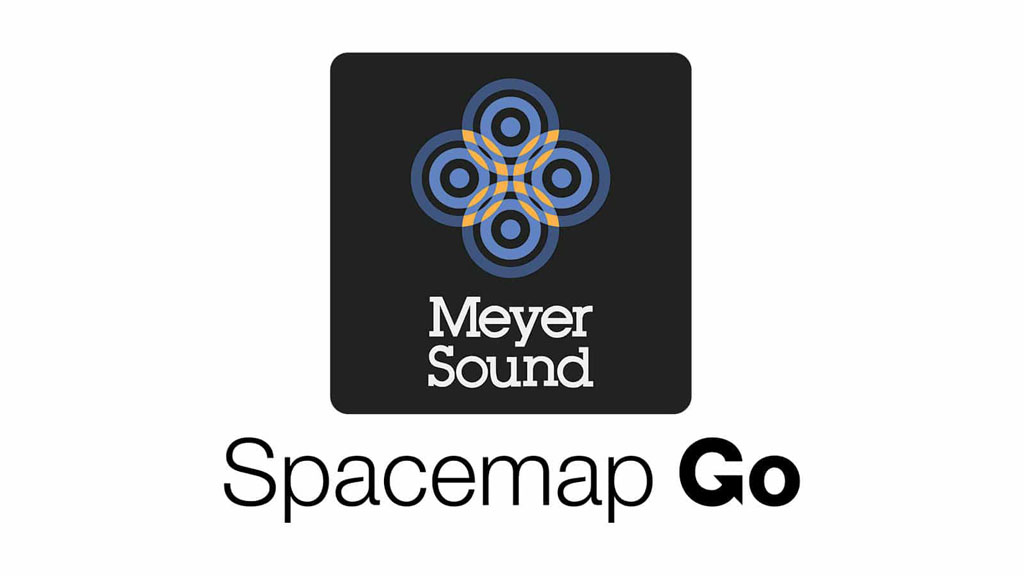
Subscribe
Published monthly since 1991, our famous AV industry magazine is free for download or pay for print. Subscribers also receive CX News, our free weekly email with the latest industry news and jobs.


